This past Christmas, for the first time in many years, I gave myself some much-needed time offline. I take digital detox days here and there, mostly at the weekend, but having a good few days off in a row was great for the soul and I cant recommend it enough! At this time of the year, there’s so much chat about all things wellness and it’s not just face masks, meditation and going for walks. So many of us have noticed how social media and being online and accessible constantly can affect our mental health. But it’s such a hard habit to break, because it’s so feckin’ addictive. Taking that time offline over Christmas really solidified the importance of setting digital boundaries and I’m sharing some tips that you can use, starting today!
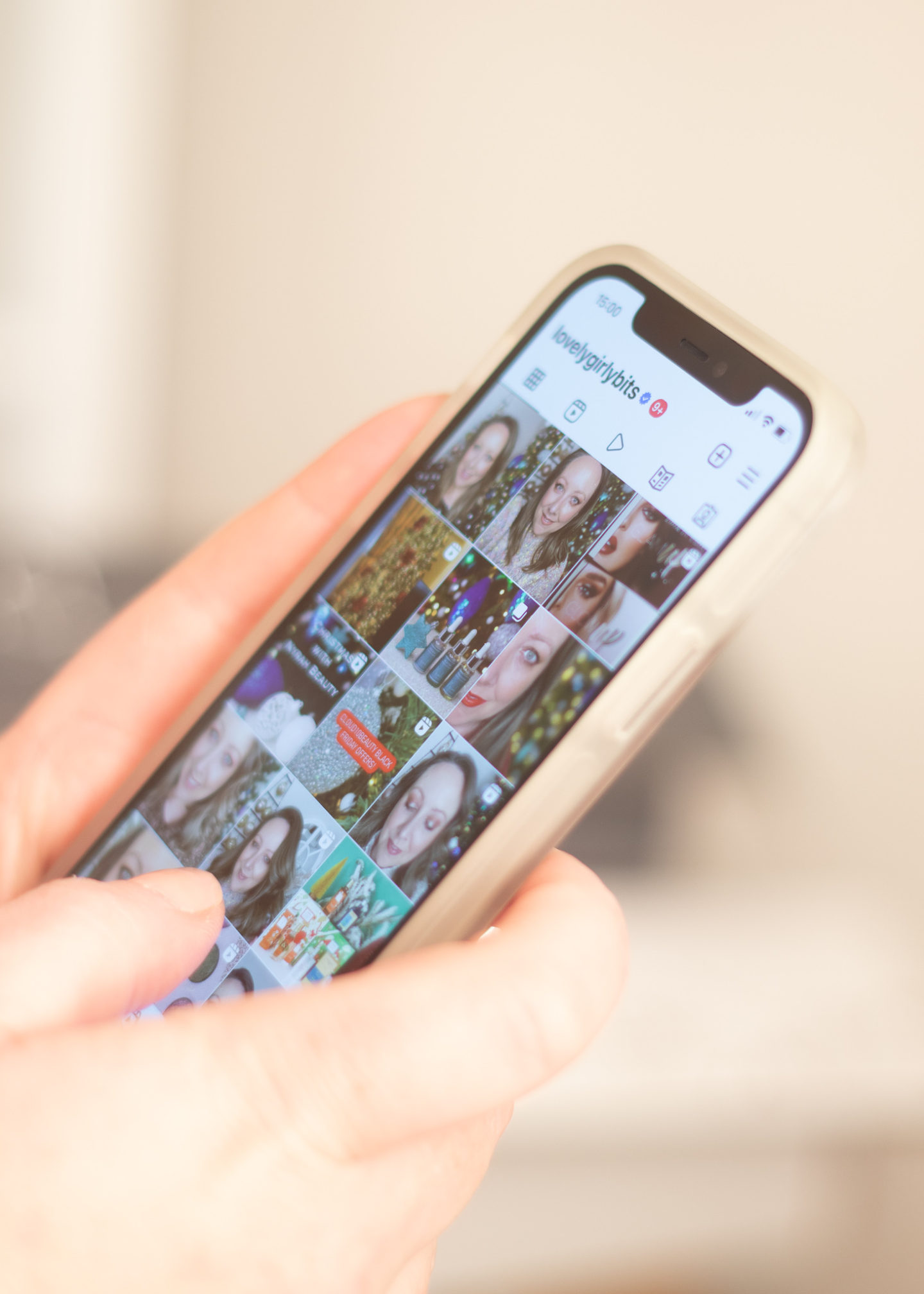
My friend Catherine wrote a blog post on setting digital boundaries that you can read here and it’s something we’re so conscious of and keep each other on the right track with it. Since I left my job and went freelance 4 years ago, I’ve had to change how I use social media, my phone, everything digital really! When your job involves being online, it’s so easy for those hours on the phone and laptop to add up. And we won’t say anything about that weekly reminder saying you’ve spent so many hours on Instagram… Surely it can’t be *that* accurate?…
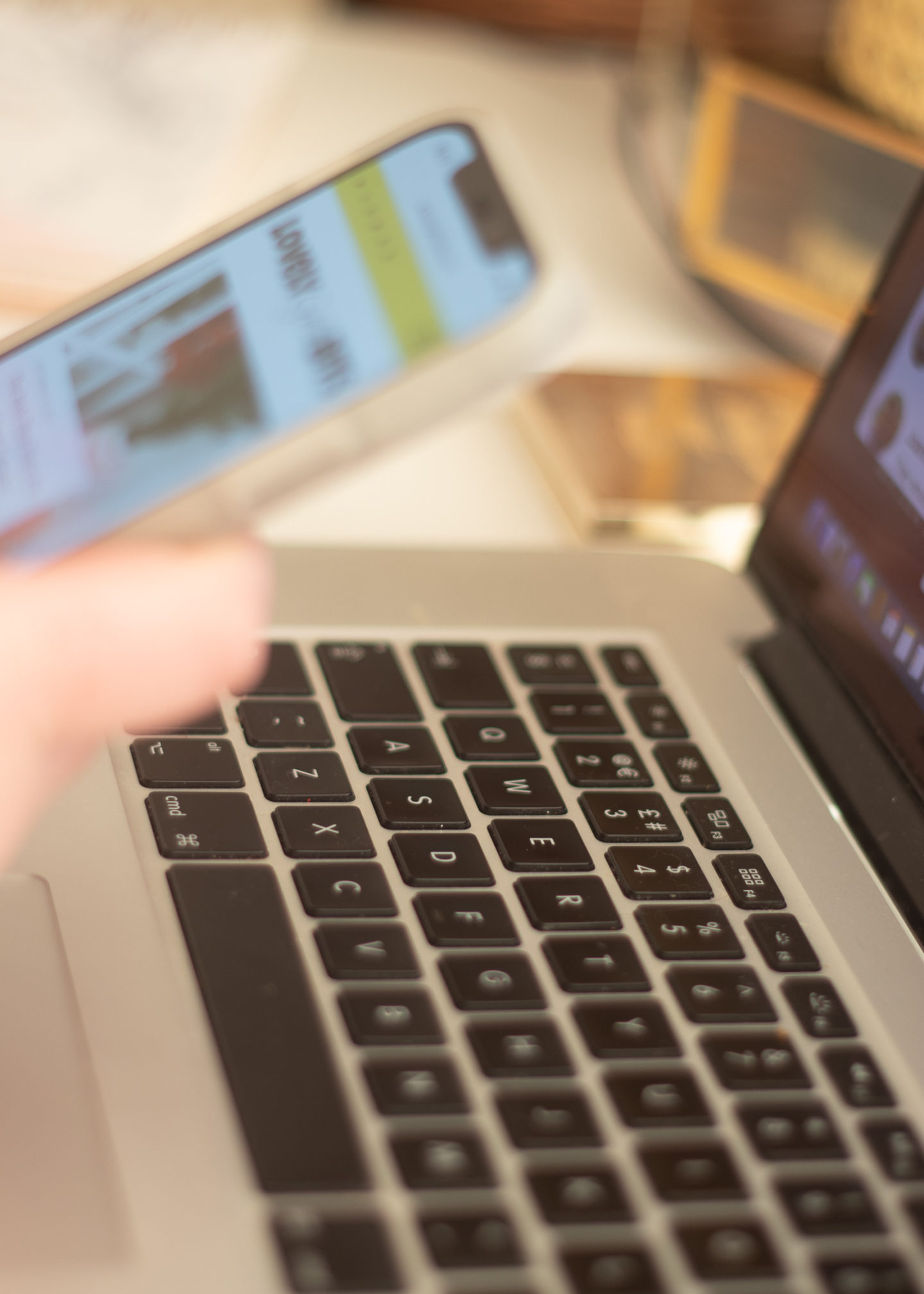
1. Turn notifications off.
After spending 3.5 years being a social media manager for a whole heap of brands at once, I can confidently say that notifications can send you around the bend! It was incredibly distracting answering comments and DMs on one page, only to see notifications for another brand popping up! Even though I’m only looking after my own page at the moment, I still keep them off.
Turning off notifications is a simple way to help limit distractions. I find that I’m less productive when the notifications are on and my attention span is definitely shorter too. Hands up who’s been working away, only to see a notification pop up. You reach for your phone and before you know it, you’ve spent the last hour scrolling mindlessly. When I need to focus and get work done, I turn off my Whatsapp notifications. On days where I have zero focus (we all have those days!), the notifications are switched off, the phone gets turned upside down and sometimes I leave it in another room.
This week, I listened to a podcast on focus and distraction over on The Diary of a CEO and it’s well worth a listen. It was fascinating to hear how all of the social media apps were created and are evolving to keep us addicted to them, to spend more time online and on them. They spoke about how it takes over 20 minutes to get back into a focused state if you’ve been distracted and that spoke to me!
Turning off fetch emails has been an absolute game-changer for me because I’m the type that when I see an email coming in, I have to reply to it right away for fear I’ll forget. By turning off fetch emails on my iPhone, the only way I see emails is if I actively go into my Mails app. I go to check my mails with the intention of replying to them all at once, or a few at a time at least.
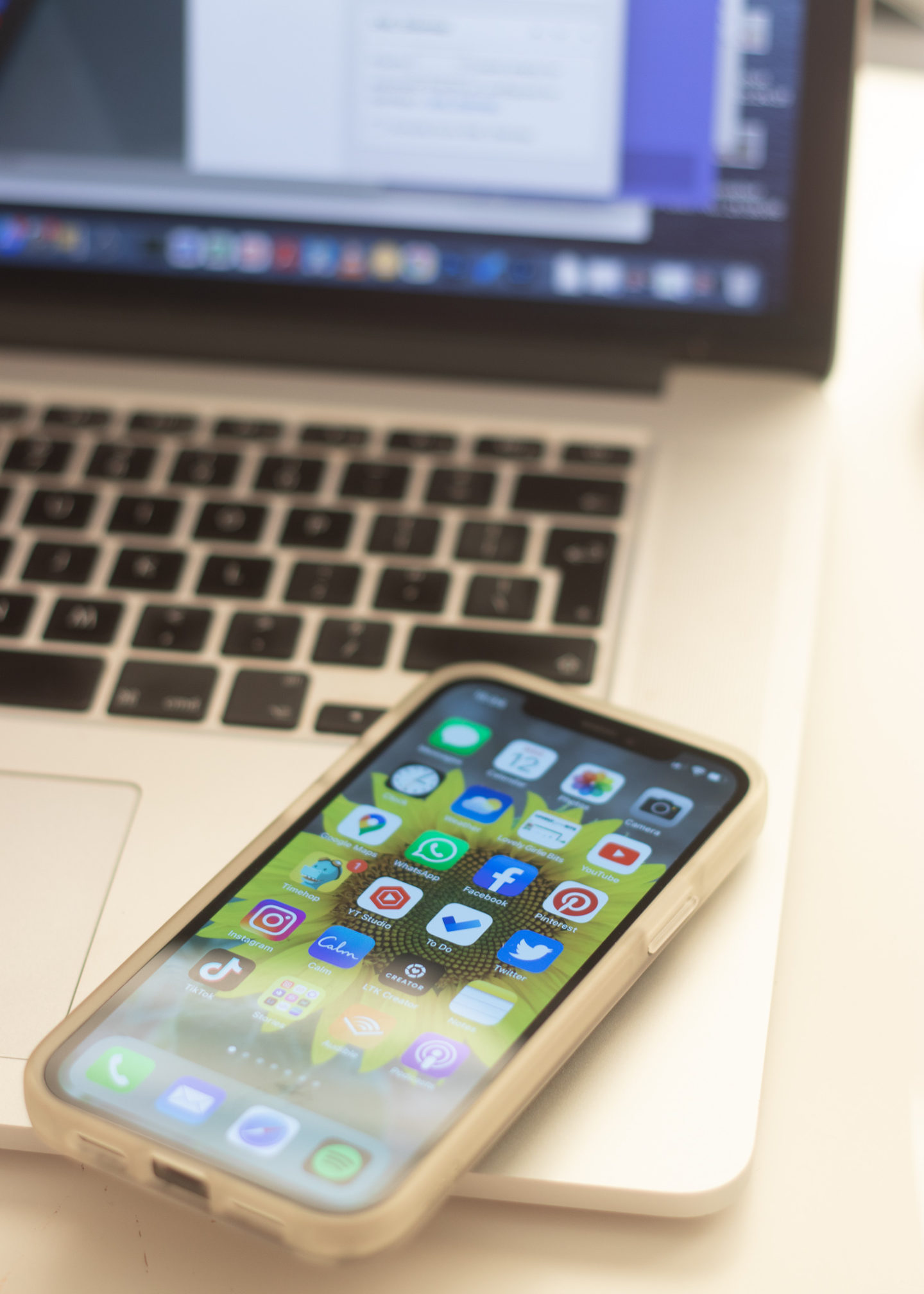
2. Limit your accessibility.
For me, that includes not going near my “Requests” folder in my Instagram DMs. I could genuinely spend hours a day replying to every DM that comes in, and I’d get no actual work done! It’s also the place where the nasty messages tend to show up and in the words of Meredith from RHSLC, I’m not engaging. Setting that boundary means that I do miss DMs, but it makes Instagram a nicer place for me to be.
Limiting your accessibility might also mean muting a work Whatsapp group when the 5.30 mark hits. You might be fond of deleting apps off your phone and re-installing them when you’re ready to be contactable again. You do you, boo. These are your digital boundaries! We live in a world where it’s taken for granted that you’re going to reply to DMs, emails, messages all day, every day. So if you have to put an auto-responder on your emails every evening, so be it.
3. Protect your online space.
I’m fiercely protective of my corner of the internet. 11.5 years online will do that to a gal. However, there’s still that mentality: “Well you put yourself out there…” and that if you have an online presence, you have to accept the crap that comes with it. You don’t. Not everyone knows the difference between constructive criticism and being nasty and it’s not up to you to teach them. Mute. Block (and any future accounts they might create with that email address). Restrict. This one’s my favourite. Restricting them means you won’t see any of their DMs or comments and they won’t know they’ve been restricted. So they’re talking to nobody because nobody else will be able to see their comments either.
Instagram is taking steps in making it a safer platform and we can do our bit too. It’s also worth noting that you don’t have to be in the public eye to protect your online space. Friends and family members can make life difficult, so you mightn’t be able to block. Restrict is your best friend, trust me!
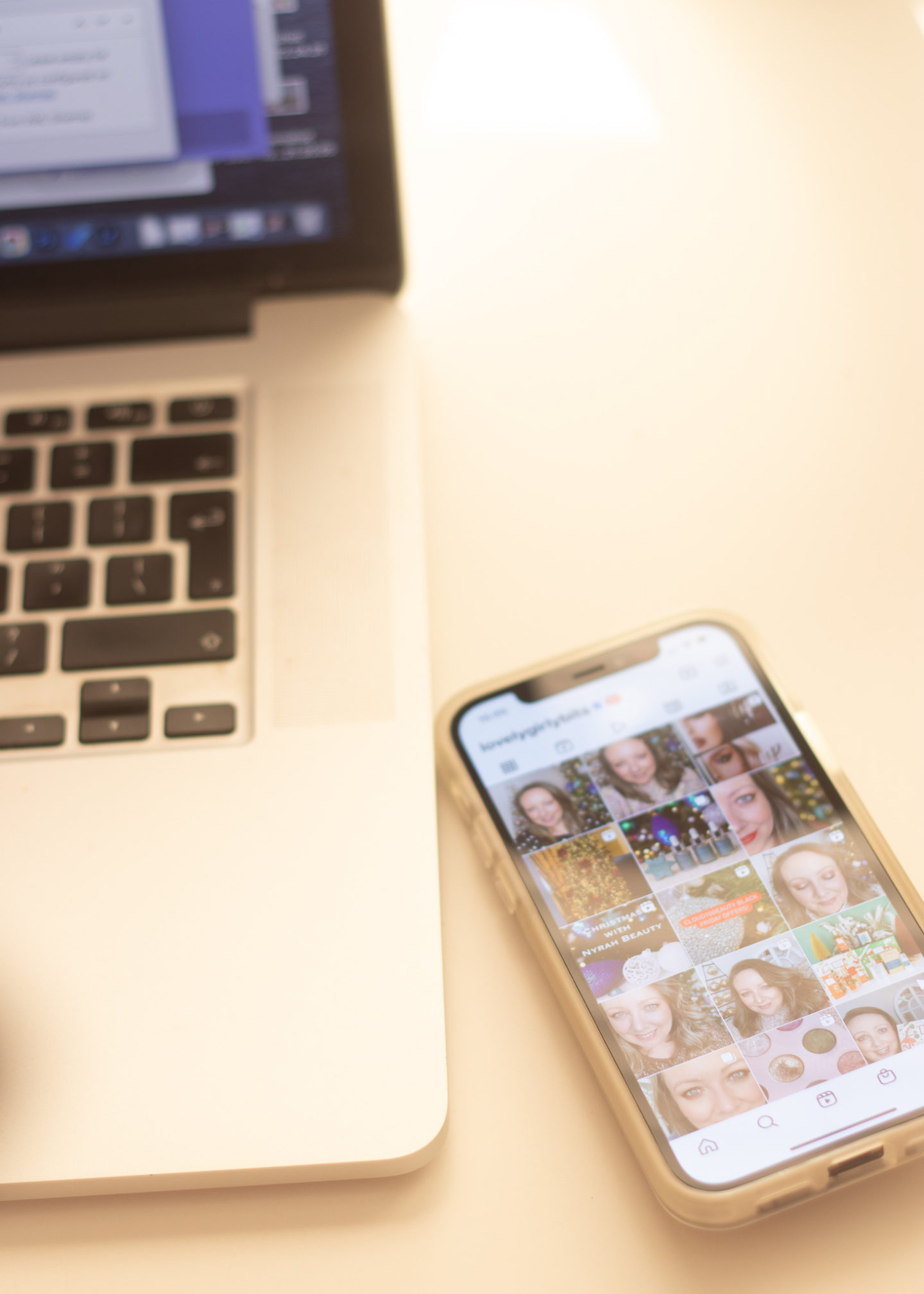
4. Share less.
As I mentioned above, social media is a very different place these days. It used to feel safer and less judge-y. Nowadays, if you ever want to see just how others can have a complete lack of boundaries, put up an “Ask me anything” box! Some can ask things your best friends wouldn’t even ask you about!
These days, I’m definitely more careful about what I share and who I share too. And I’ve noticed that a lot of my online friends do the same. We have our Close Friends group with people we know and trust and share more there.
For the most part, I keep my family and friends offline, and keep it mainly to beauty chats. If I’m out with friends, the phone rarely makes it out of the handbag, because I love being in the moment more and having actual chats, rather than showing and proving that I’m having chats. A couple of months ago, I had someone ask me if I was still friends with Catherine and we had a good laugh about that! We talk almost every single day, multiple times a day. We regularly meet up for chats and rarely share it online (except for times where we go to Provence or the Stellar awards!). I think I’m just more protective about what I share now and setting that digital boundary just takes the pressure off. I share what I’m comfortable with and I think it’s worked out well.
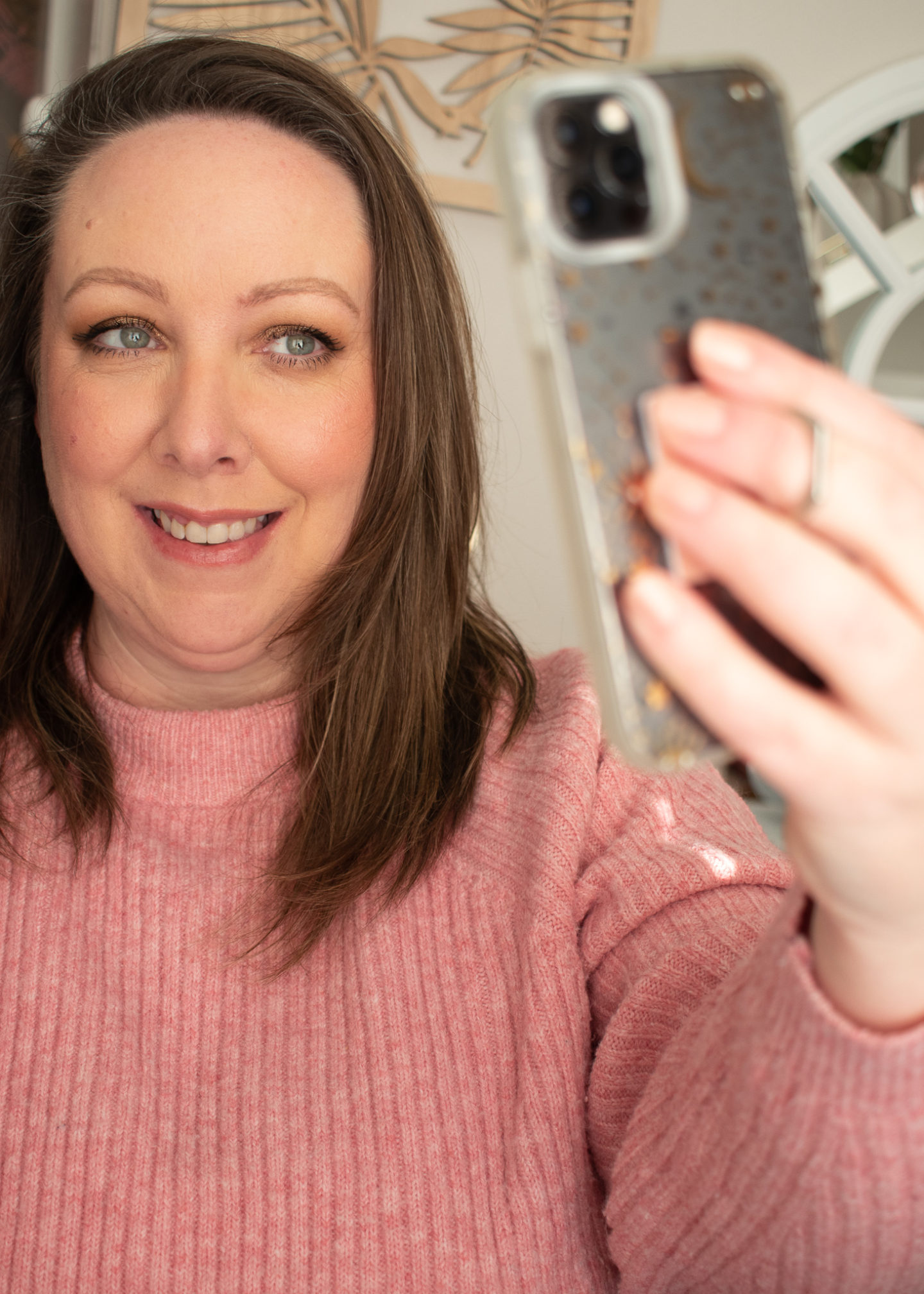
5. Be aware of what you consume online.
I’m not talking food here. But in order to make the internet a nicer place to be a part of, I’m more aware about the kind of content I consume online. Before Instagram brought in the mute function, I had a really unhealthy habit of watching people that would annoy me, that would send me into a comparison spiral, and that would make me feel crap about myself Because I watched them regularly, their stories would always appear first in my list and I would come away from Instagram in a bad mood, feeling drained and needing some real, authentic, uplifting content. I copped on and realised that I’m in control of who I watch. The issues I had with them were mine, not theirs.
It’s up to me as to what I consume and how I can use Instagram. So I muted. I unfollowed. My Instagram feed is a much better place now and I almost always come away from it feeling uplifted, motivated and positive. This digital boundary was for myself and any time I start to feel that familiar feeling after watching someone, they’re muted or unfollowed.
By changing up how I use social media and the Internet as a whole, I’m enjoying it again. Setting digital boundaries doesn’t have to be a challenge, but if you’re finding that social media is taking over, or if you feel the obligation to be online all the time, it might be time to rethink things. I’d love to hear what your digital boundaries are!
